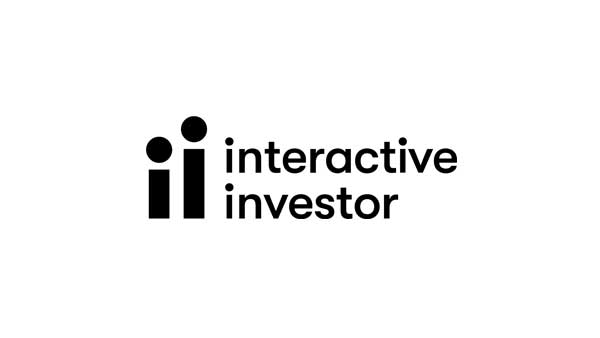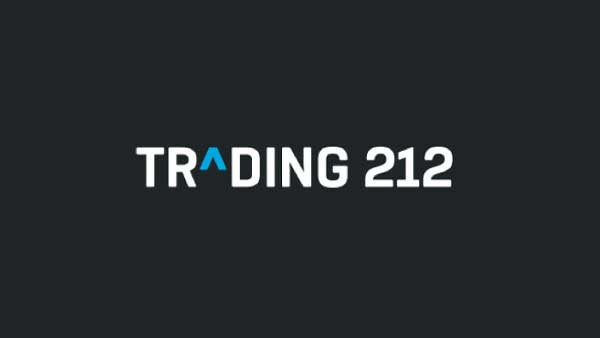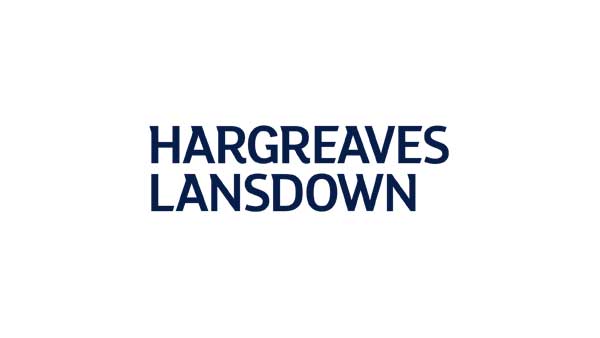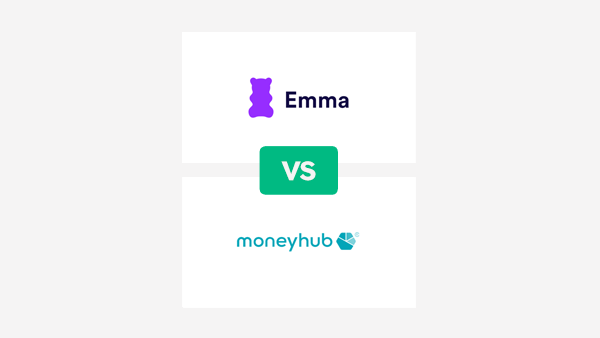Capital at Risk
Overview
A robo-advisor is essentially an automated ‘discretionary investment platform’. This means that the platform makes the investment decisions for the customer, uses automated systems and algorithms to take the customer’s investment needs into account, and creates an investment plan for them. They can then offer lower costs than a traditional in-person financial advisor as they require fewer staff to do the investments. It is a form of passive investing where the customer does not need to do the trades themselves.
In recent years, several of these platforms have launched, taking advantage of advances in technology.
This article compares 2 of the foremost UK robo-advisors – Wealthify and Moneyfarm.
Moneyfarm launched in 2011 and entered the UK market in 2016. By 2022, Moneyfarm claimed over 80,000 customers had over £2.2 billion invested with them.
Wealthify launched in 2015, and in 2018, they were purchased by insurance giant Aviva.

Contents
Moneyfarm vs Wealthify- Best for Plans, Costs & Fees
Moneyfarm’s cost structure is made up of 3 different elements:
- Platform fees
- Fund fees
- Market Spread
With Wealthify, it is similar, but they only have 2 elements – the Wealthify fees and the fund fees.
With both providers, the fees are put together to give a total percentage. This is then the amount that is taken each year from the total amount you have invested. For example, if you have £100,000 invested, and the annual fee is 1%, then you will be charged £1000 per year.
Moneyfarm
Moneyfarm have 2 main investment types – Classic and Socially Responsible. They then have a sliding scale where the fees are lower as the amount you have invested increases.
| Fund Types: | Socially Responsible | Classic |
| Annual % | Annual % | |
| Amount Invested | ||
| £500 – £9,999 | 1.05% | 1.04% |
| £10,000 – £19,999 | 1.00% | 0.99% |
| £20,000 – £49,999 | 0.95% | 0.94% |
| £50,000 – £99,999 | 0.90% | 0.89% |
| £100,000 – £249,999 | 0.75% | 0.74% |
| £250,000 – £500,000 | 0.70% | 0.69% |
| £500,000 + | 0.65% | 0.64% |
Wealthify
Wealthify do not have any sliding scale of costs – the annual percentage fee is the same for whatever amount you have invested. Their fees can be seen in the table below:
| Fund Types: | Ethical | Original |
| Annual % | Annual % | |
| Amount Invested | ||
| Any | 1.30% | 0.76% |
Comparison
In the table below, we have compared the percentage annual fees for the standard investment plans for each provider, showing the percentage for different levels of investment.
| Fund Types: | Moneyfarm Classic | Wealthify Original |
| Annual % | Annual % | |
| Amount Invested | ||
| £500 – £9,999 | 1.05% | 0.76% |
| £10,000 – £19,999 | 1.00% | 0.76% |
| £20,000 – £49,999 | 0.95% | 0.76% |
| £50,000 – £99,999 | 0.90% | 0.76% |
| £100,000 – £249,999 | 0.75% | 0.76% |
| £250,000 – £500,000 | 0.70% | 0.76% |
| £500,000 + | 0.65% | 0.76% |
Then we do the same comparison for the socially responsible/ethical investment plans.
| Socially Responsible | Moneyfarm | Wealthify |
| Annual £ Cost | Annual £ Cost | |
| Amount Invested | ||
| £500 | 1.05% | 1.30% |
| £10,000 | 1.00% | 1.30% |
| £20,000 | 0.95% | 1.30% |
| £50,000 | 0.90% | 1.30% |
| £100,000 | 0.75% | 1.30% |
| £250,000 | 0.70% | 1.30% |
| £500,000 | 0.65% | 1.30% |
Then in the table below, we show the amount you will pay based on certain levels of investment – again firstly with the standard investment plans:
| Moneyfarm | Wealthify | |
| Fund Types: | Classic | Original |
| Annual £ Cost | Annual £ Cost | |
| Amount Invested | ||
| £500 | £5.25 | £3.80 |
| £10,000 | £100.00 | £76.00 |
| £20,000 | £190.00 | £152.00 |
| £50,000 | £450.00 | £380.00 |
| £100,000 | £750.00 | £760.00 |
| £250,000 | £1,750.00 | £1,900.00 |
| £500,000 | £3,250.00 | £3,800.00 |
Then for the social responsible funds:
| Socially Responsible | Moneyfarm | Wealthify |
| Annual £ Cost | Annual £ Cost | |
| Amount Invested | ||
| £500 | £5.25 | £6.50 |
| £10,000 | £100.00 | £130.00 |
| £20,000 | £ 190.00 | £260.00 |
| £50,000 | £450.00 | £650.00 |
| £100,000 | £750.00 | £1,300.00 |
| £250,000 | £1,750.00 | £3,250.00 |
| £500,000 | £3,250.00 | £6,500.00 |
Verdict
The key difference in cost is based on the sliding scale of cost – with the percentage you pay to Moneyfarm going down as the amount you invest increases, whilst Wealthify have a flat fee for whatever amount you have invested.
In practice, this means that for the standard (i.e. non socially responsible) funds, it is actually slightly cheaper to invest with Wealthify if you have less than £100,000 invested. However, once above £100,000, then Moneyfarm is the best deal.
For socially responsible funds, the difference is more pronounced however, with Moneyfarm being the cheapest at whatever level of investment, and at high levels, it is far cheaper.
Moneyfarm vs Wealthify – Best for Features
Products
Both platforms offer an identical suite of products that you do your investments within, which are:
- General Investment Account
- ISA
- Junior ISA
- Pension
Once you have chosen which of these you wish to use, then you would need to choose the type of investment and risk level.
Fund Types
Moneyfarm offer 2 different types of fund:
- Classic
- Socially Responsible
Wealthify also have 2 fund types:
- Original
- Ethical
Risk Levels
With each platform, once you have chosen the product and fund type, you will be asked a series of questions, including your appetite for risk.
Wealthify have 5 different levels of risk: Cautious, Tentative, Confident, Ambitious and Adventurous.
Moneyfarm have 7 different levels of risk, and they will ascertain your level by asking questions when you open your account.
Minimum investment
The minimum investment amount with Moneyfarm is £500. Wealthify have aimed to open things up to as many investors as possible, so they allow a minimum investment of £1 on their general investment accounts and ISAs and £50 for pensions.
Extra Features
The whole idea of a robo-advisor is so that investment companies can keep costs down by running investments via their algorithms rather than using expensive staff. However, Moneyfarm offer an in-person dedicated investment advisor to every customer, which is a great resource, and potentially unique within the robo-advisor market.
Verdict
The 2 offerings are pretty similar. Wealthify do allow smaller investors to get started with their lower minimums, whilst Moneyfarm give a dedicated in-person investment advisor to each customer, which can be a great asset.
Moneyfarm vs Wealthify – Best for Safety & Security
Overall, both Moneyfarm and Wealthify are very similar when assessing their safety and security, so we will give an overview which covers both providers.
Both companies are operated as a UK entity and therefore they are regulated as investment companies by the Financial Conduct Authority (FCA). This means that customers have 2 main areas of protection:
- Customer funds are protected under the Financial Services Compensation Scheme (FSCS), which means that deposits are protected up to £85,000 per customer in the case of the provider’s insolvency.
- FCA rules state that investment companies must keep customer invested funds completely separate from company funds.
In general, the main thing that any customer should take into account is that all investment has risk. Investments can go down in value, and it is even possible to lose all of your investment. Despite this both Wealthify and Moneyfarm do have ways they mitigate the risk:
- Both providers focus on relatively stable financial instruments such as shares, ETFs and bonds, rather than riskier assets such as cryptocurrency or riskier investment types such as CFDs.
- Both companies are stable and have been around for evereral years. As such, customers can see the historical results of their funds to ensure they would potentially work for them.
- Both companies give their customers a choice of risk levels when setting up their account so they can have the level they are comfortable with.
Verdict
Both companies are really almost identical in terms of safety and security.
Moneyfarm vs Wealthify – Verdict
Within the market for robo-advisors in the UK, most of the companies offer a very similar suite of products and similar fund options. Wealthify and Moneyfarm are also close in what they offer. However, the key difference is in the pricing. Wealthify have a flat pricing structure, so with smaller amounts to invest will be able to benefit from lower costs. However, larger investors, especially those with over £100,000 to invest, would get significant savings by using Moneyfarm.
Articles on the wiseabout.money website may contain affiliate links. If you click these links, we may receive compensation. This has no impact on our editorial and any money earned helps us to continue to provide the useful information on our site.








